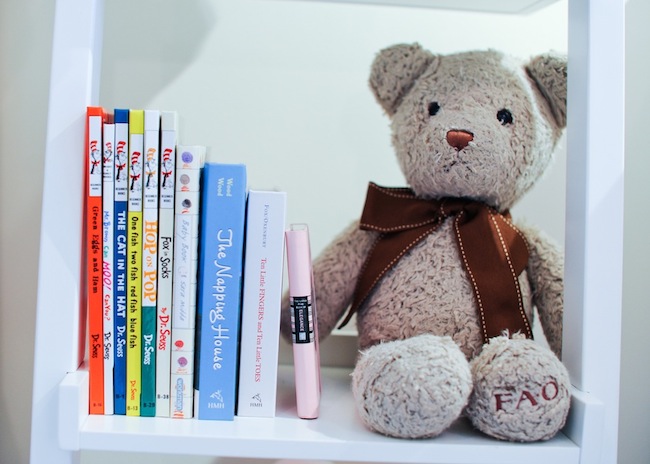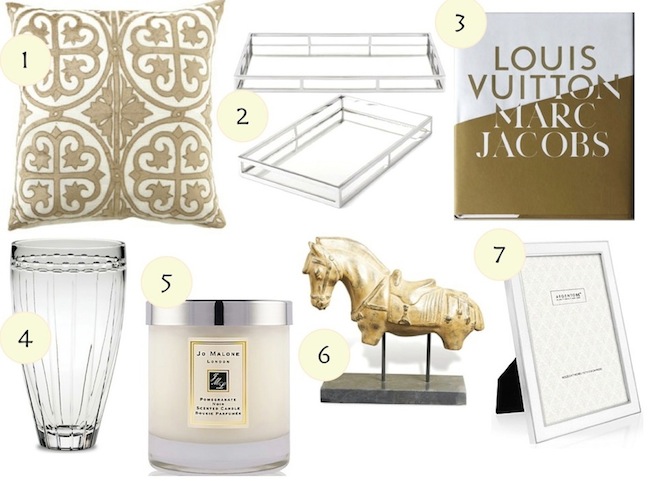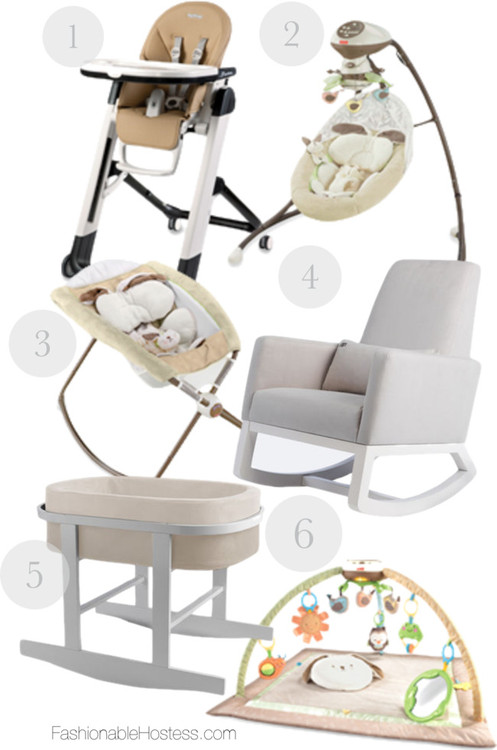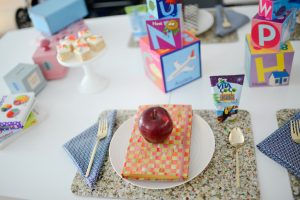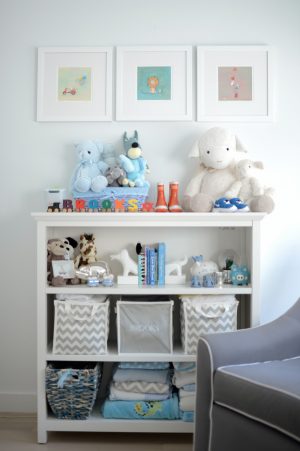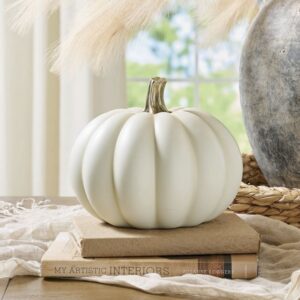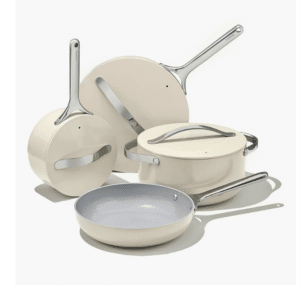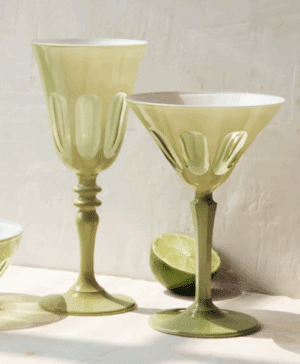

Lately at the Farmers Market I have found the most gorgeous Dahlias {see above for a recent arrangement}. But one thing in buying from the Farmers Market versus a Flower shop is that you are sent home without those little packets of plant food. Of course I want my flowers to last for more than a day or two so I started googling # 1 What is in plant food packets?? I wondered if I could re-create it at home, and # 2 How to make your flowers live longer because I was hoping for some new ideas. The outcome… surprising and interesting… so for you flower preserving hopefuls out there, I hope this helps!!
1. What is actually in those packets of plant food? The answer is: Nutrients to help the plants grow and bloom, and Ingredients that control pH levels which prevent the growth of bacteria. Substitutes for each of these in the simplest terms are ‘Sugar + Bleach’ {or Lemon Juice or Vinegar}.
Want to make your own Flower Food at home? Here are some recipe recommendations via Chemistry.about.com:
Flower Preservative Recipe #1
- 2 cups lemon-lime carbonated beverage {ex. Sprite}
- 1/2 teaspoon household chlorine bleach
- 2 cups warm water
Flower Preservative Recipe #2
- 2 tablespoons fresh lemon juice
- 1 tablespoon sugar
- 1/2 teaspoon household chlorine bleach
- 1 quart warm water
Flower Preservative Recipe #3
- 2 tablespoons white vinegar
- 2 tablespoons sugar
- 1/2 teaspoon household chlorine bleach
- 1 quart warm water
2. What can we do to make the flowers last longer?
- Upon arriving home, cut your stems about one-half inch off the end at about a forty-five degree angle. If you can, cut the stems underwater because it prevents air from getting into the veins of your flower. Consider re-cutting the stems after a few days; this will ensure that there is a fresh surface from which the stems can take up water.
- When certain flowers in your vase start to die or wilt, immediately remove them! These wilting stalks release gases and bacteria that can affect the rest of the bunch.
- Don’t set your flowers near ripe fruit; the chemicals from the fruit (such as ethylene) will ‘ripen’ your flowers.
- Keep your flowers in a cool room and out of sun {sorry no window sills!}. The ideal temperature for flowers is between 40ºF and 50ºF. If you bought flowers for an event, consider storing them in your fridge overnight!
- Change the water as often as possible! Murky water means bacteria is taking over!

